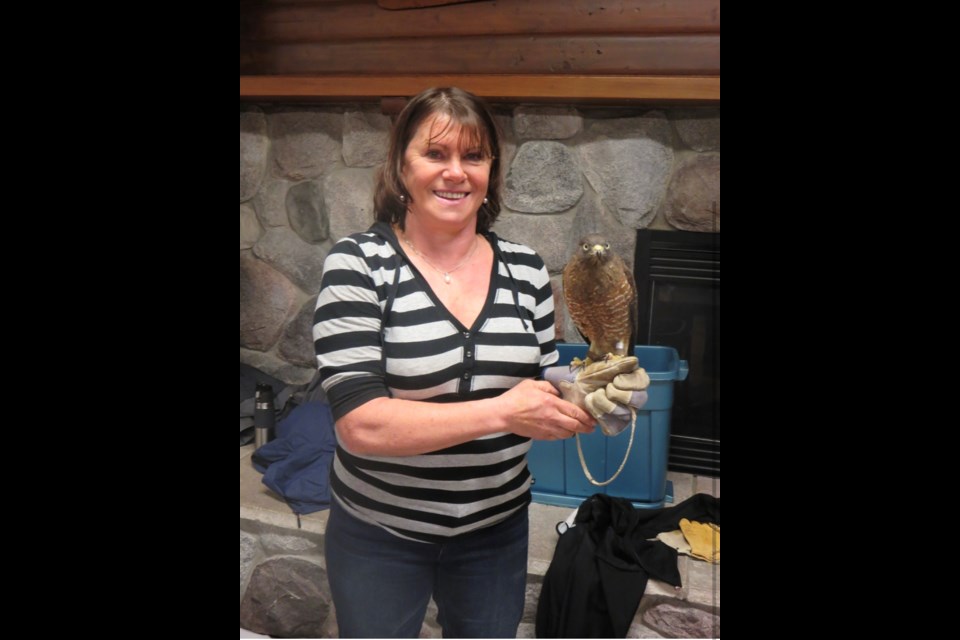Finding frozen mice in the freezer might freak some people out, but it’s just the way one Richmond resident likes it.
Therese Ducharme, a volunteer with the Orphaned Wildlife (OWL) Rehabilitation Society, said she keeps a consistent supply of frozen mice in her freezer to feed injured owls, eagles and hawks when they arrive at her house after a long ride on a truck or plane.
“I wouldn’t have believed myself if I told myself I would have mice in my freezer six years ago,” said Ducharme, who retired from 911 dispatch in the Yukon and moved to Richmond in 2017.
“If someone told me that I would be spending four to five days (a week) volunteering (with OWL) and loving it, I wouldn’t have believed that either.”
When Ducharme moved to Richmond and was relaxing at home watching TV, she noticed a “blurb” about how OWL rehabilitates eagles, owl and hawks and thought it sounded like an interesting place. And since she had retired, she thought she would do some volunteer work.
“I was always interested in birds since I grew up on a farmland, and when I called OWL and asked about volunteer work I signed up the moment they said they were taking volunteers,” she said.
She added that she started volunteering once a week and is now volunteering five days a week and has watched multiple birds go from being terribly injured, through rehabilitation and released back into the wild.
However, rehabilitation and wildlife bird rescue is not all “fun and joy” said Ducharme.
“There are times where we have to take injured birds with heavily damaged wings beyond repair to the vet, and they have to be put down. That’s the downside of the job.”
Ducharme told the Richmond News that her job often requires her to go out and pick up injured birds coming from Interior and Northern B.C. at night and take them home, where she keeps them until the doors to OWL open in the morning.
She said she once had three birds – an eagle, a little owl and a hawk – and had to feed them the frozen mice, quail for the eagles, to make sure they don’t starve after their long journey.
But her main job is helping track down injured birds that have been sighted in the community. However, she says the “best part of the job” is releasing and seeing them fly back out to the wild.
“The feeling of fulfillment is enormous and there’s no other way to describe it.”



.jpg;w=120;h=80;mode=crop)